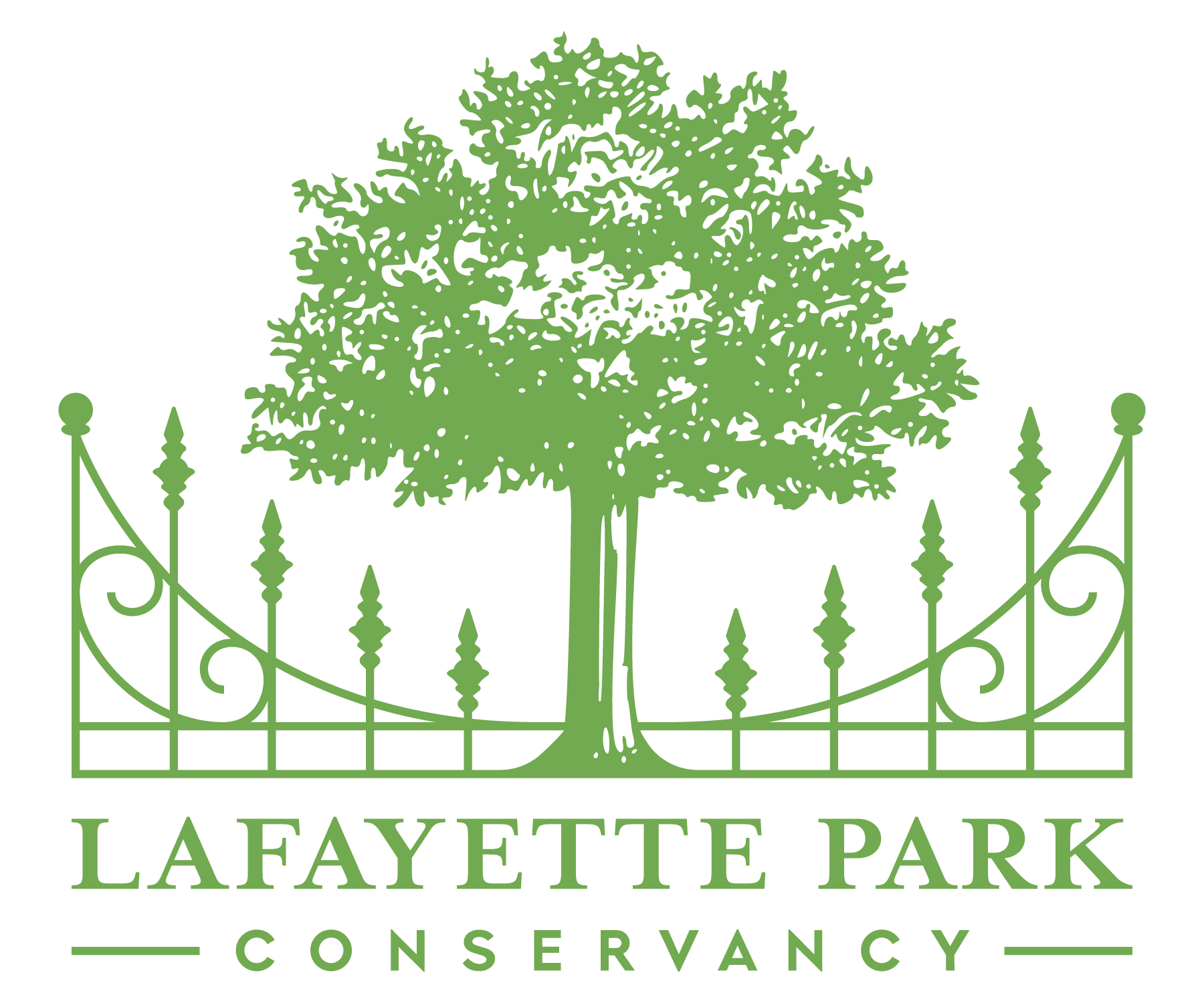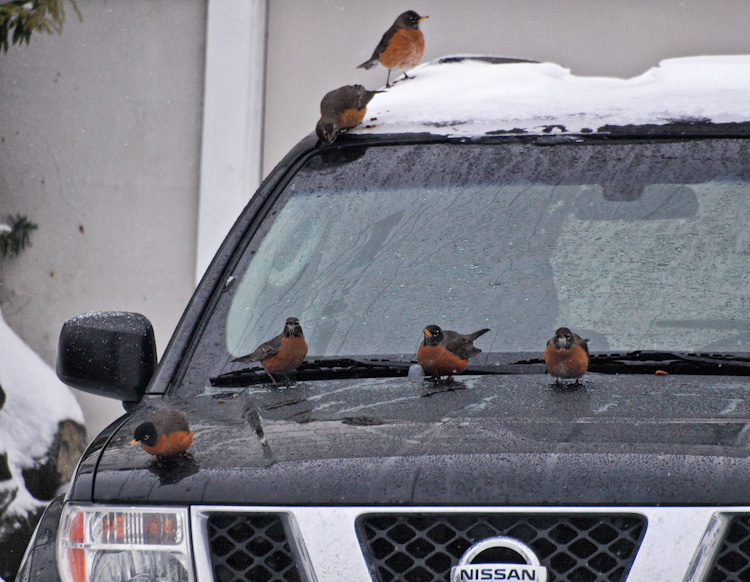BY KIERAN LINDSEY, PhD
Which season comes to mind when you read these words? Arid. Sere. Parched. Desiccated. Shriveled.
If you’re a wild thing, the answer may well be winter.
Sure, the heat of summer can make any body feel dry as dust. But wild animals, especially those species who can tolerate living near people, usually have an easier time finding some moisture when the mercury rises than when it falls.
In cities and suburbs, April brings more than just spring showers. The return engagement of automatic lawn sprinklers turns every pampered landscaping leaf and each blade of carefully tended turf-grass into a diminutive drink dispenser. Fountains splash and spritz and spray. Swimming pools drop all pretense of modesty and shrug off their winter coats. Hoses report for car-washing and child-cooling duty, turning streets and sidewalks into ephemeral streams. Birdbaths and pet bowls brim with cool, clear water.
 Come January, February, and March, creatures have to get creative and a bit brave to quench their thirst, at least in northern climes. Those of us with easy access to indoor plumbing may not realize it, but for wild animals, dehydration is a bigger threat to winter survival than starvation. Even when the clouds are feeling generous, the precipitation they deliver is often in a more or less rigid—and much less quaffable—form. Personally, I like to think of sleet, snow, and ice as the H2O equivalent of hibernation. Unfortunately, water’s winter vacation means more work for those who depend on it.
Come January, February, and March, creatures have to get creative and a bit brave to quench their thirst, at least in northern climes. Those of us with easy access to indoor plumbing may not realize it, but for wild animals, dehydration is a bigger threat to winter survival than starvation. Even when the clouds are feeling generous, the precipitation they deliver is often in a more or less rigid—and much less quaffable—form. Personally, I like to think of sleet, snow, and ice as the H2O equivalent of hibernation. Unfortunately, water’s winter vacation means more work for those who depend on it.
And that’s everyone. No exception. Animal, vegetable (no, not mineral)… if you’re alive, you not only need to consume water, you are water—60 to 80% water. Even critters who sleep away the short photo-period months depend on water to stay alive, same as the rest of us. They simply tank up pre-torpor and then use the water tucked away in their extra reserves of body fat.
Active animals need water for basic metabolic functions, including proper digestion. This is especially true for seed-eating birds (a group that tends to hang around all year rather than migrate to places where insects and fruit are still on the menu) because there isn’t much moisture in their meals. In fact, it takes extra water to digest high fiber foods.
What happens to birds and mammals who can’t find a source of unfrozen surface water when they need it? The problem is far greater than simply putting up with a dry mouth until you can stop at a convenience store for a bottle of Aquafina. How long an animal can go without water depends on many factors, including their species, weight, physical condition, and parasite load, as well as the weather.
Generally speaking, though, it doesn’t take long for life without liquid to get unpleasant. Lose one or two percent of total body water (TBW) and your dehydration is classified as “mild”; however, anyone who’s experienced it (that would be me) is sure to argue that the resulting headache is anything but. The definition of “moderate” dehydration is five to ten percent of TBW… the situation is getting serious now, as your skin dries out and loses turgor (the ability to snap back into place when pinched) and your eyes begin to sink back into their sockets. Over ten percent TBW loss is “severe” enough that you’re unlikely to recover without medical intervention.
 The scenario I’ve just described may sound like an environmental disaster waiting to happen… and in cases of actual drought, such as what’s been going on in Texas the past year, the impact is rather grim. Under more normal circumstances, winter water is difficult but not impossible to find, and this scarcity offers an opportunity for nature lovers. Want to make wild lives—and wildlife watching—a little easier? Turn on the spigot.
The scenario I’ve just described may sound like an environmental disaster waiting to happen… and in cases of actual drought, such as what’s been going on in Texas the past year, the impact is rather grim. Under more normal circumstances, winter water is difficult but not impossible to find, and this scarcity offers an opportunity for nature lovers. Want to make wild lives—and wildlife watching—a little easier? Turn on the spigot.
I mean that literally. Providing water can be as simple as letting your outside faucets drip. You probably already do this to protect your pipes from bursting when The Weather Channel warns of freezing temperatures. Perhaps you can afford to do it once a week, or every other day, regardless of the forecast.
If you’d rather keep the water bill low, and the wild ones a little further from the house, birdbaths are a simple way to offer refreshment. They’re easy to maintain, plus you can add an electric, battery-, or solar-powered heater/de-icer to insure that everyone can wet their whistle on even the coldest days. Hard-core backyard habitat aficionados will drool over the possibility of installing a pond or artificial stream. Whatever floats your boat—you’ll find both ends of the water-feature spectrum, and everything in between, at your local watchable wildlife retailer or gardening center. I promise you, the sound of water is irresistible music to non-human ears. New resources will be found and greatly appreciated.
What’s more, water is an effective wildlife attractor all year long. When you offer seed, you get seed-eaters (e.g., cardinals, blue jays, house sparrows, and squirrels), and some omnivores (e.g., opossums, raccoons, the occasional deer or black bear)—and probably a lot of hulls and other waste that needs to be raked up and thrown away. Feeder maintenance can be an expensive and time-consuming habit.
Be warned, you may also inadvertently lure in some species who like to feast on the feeder regulars. If you find it disturbing to look up from your morning coffee to see a sharp-shinned hawk scattering goldfinch feathers hither and yon, you may find it helps to think of this as progressing from “having a feeder” to “having a food-web.”
Landscape with native plants and you should be able to coax some fruit and nectar fans to visit as well. Few homeowners are willing to do what’s necessary to invite insectivores to dinner, at least intentionally. But offer everyone something to drink and suddenly your backyard is a coffee house, local pub, and hot new club, all rolled into one.
Just add water!

© 2012 Next-Door Nature — Thanks to these photographers for making their work available through a Creative Commons license: Ingrid Taylar (thirsty robins); David Grant (thirsty squirrel); JDB Photos (thirsty goldfinch); and Rob & Jane Kirkland (thirsty bluebirds).

